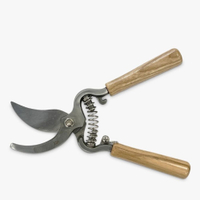Should you deadhead clematis? A plant expert settles the debate
Trying to decide whether your clematis needs tidying up? Here's what the experts say about deadheading this climbing plant
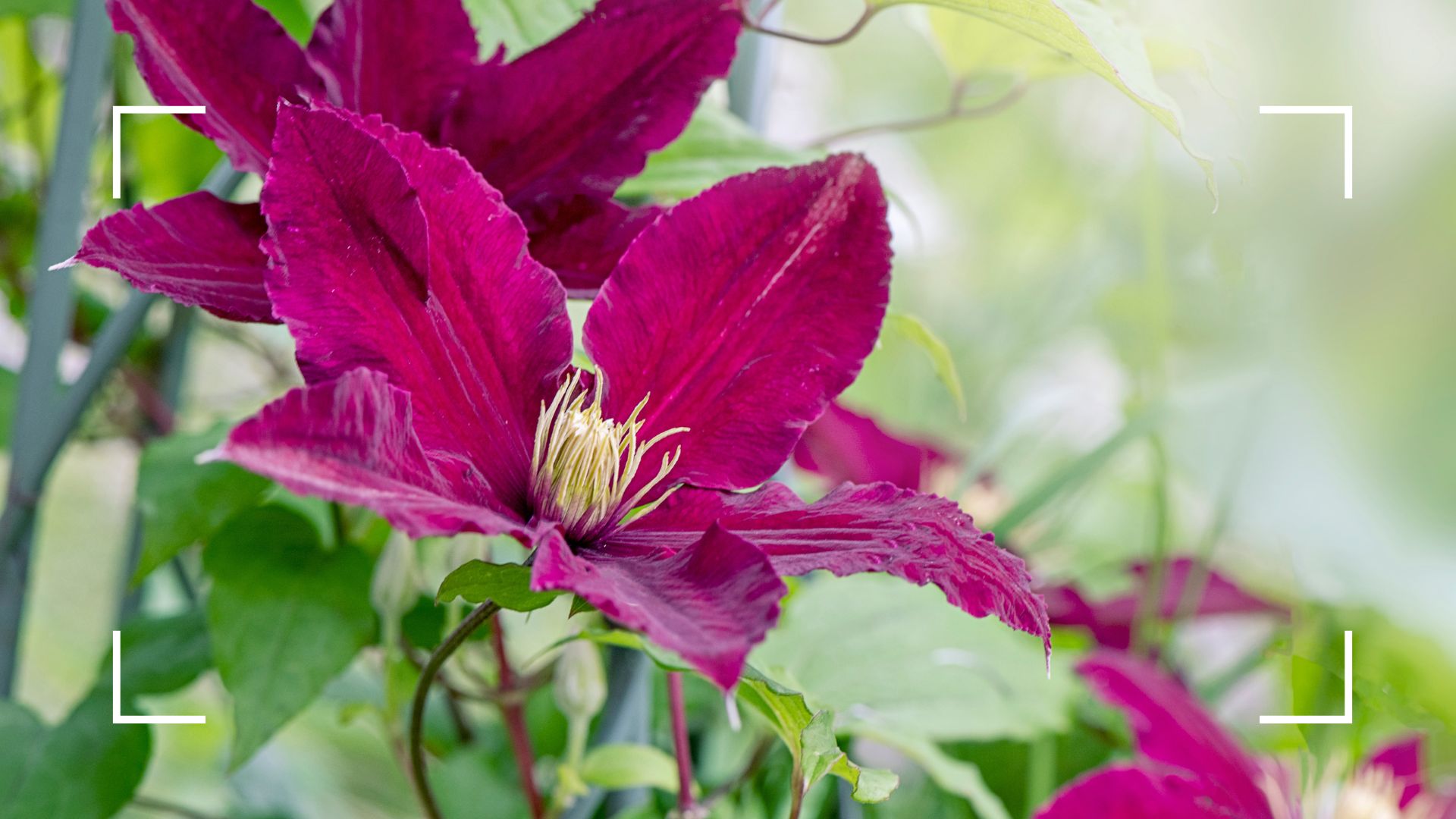

It's sad to see your once blossoming clematis start to wither and brown in parts, so much so you might be eager to cut the dying flowers off. But should you? We asked a plant expert to reveal if you should deadhead clematis or leave it be.
Climbing plants are not only wonderful to add height to your planting scheme they're also great as an outdoor shade idea when grown over an arch or pergola and they can make beautiful privacy plants to cover ugly exterior walls.
And whilst they can usually be left to their own devices, climbers like clematis can suddenly start to wither in places with flowers browning as they die back.
You may be tempted to chop those dying flowerheads off but will it help the plant or hinder future blooms? Here's what the experts say.
Should I deadhead clematis or leave it be?
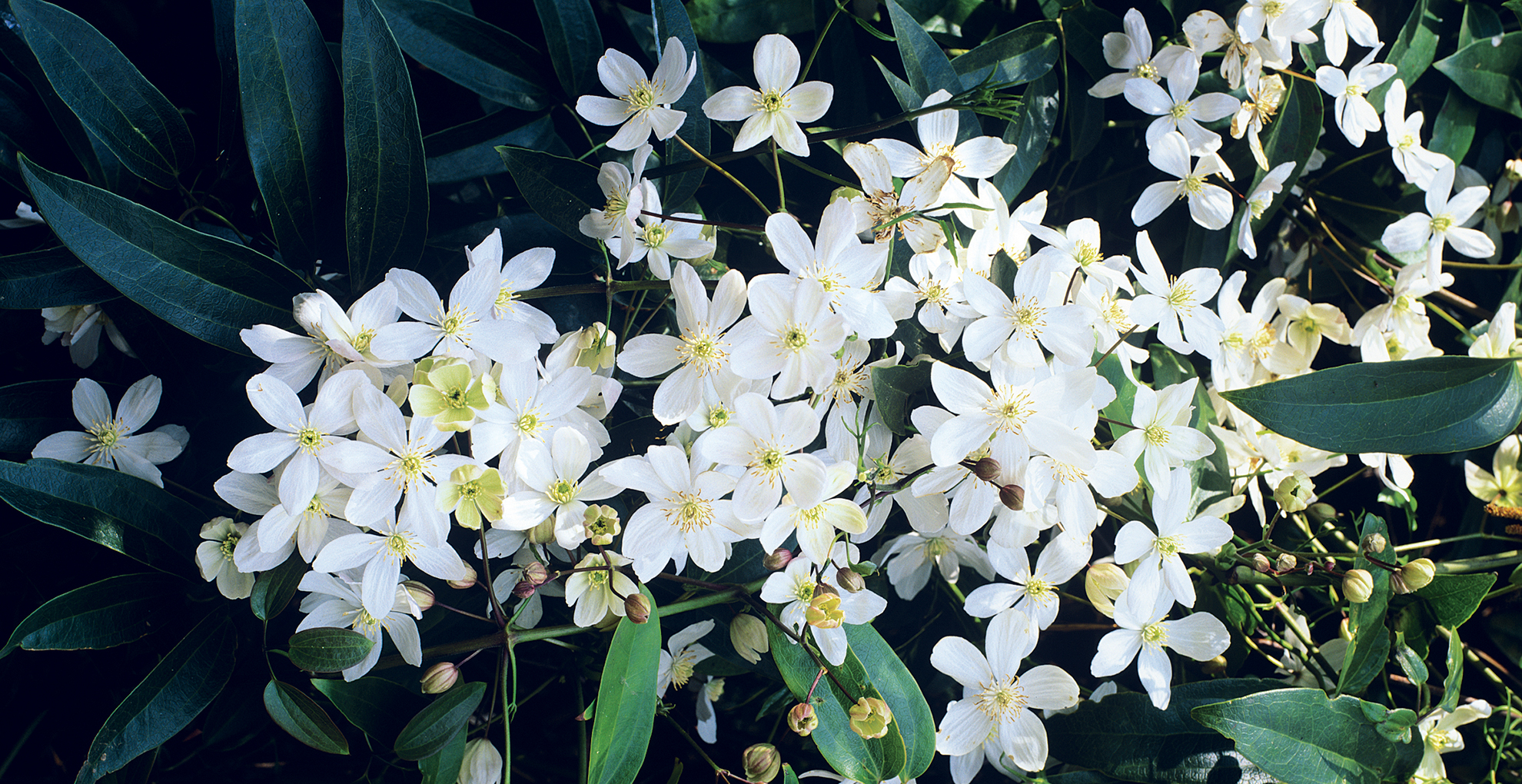
Whilst you may already know about deadheading tulips and peonies, dealing with a clematis might feel less straightforward.
Sure you can prune clematis, but generally the climbing plant is known for its low-effort high-reward reputation but no one really wants to watch their plant wither away. So the question remains, should you deadhead or let nature take its course?
"Deadheading clematis is usually not necessary," says the lead gardener at Allan's Gardeners, Jane Dobbs. "Due to their tendency to bloom in successive waves throughout the season, most clematis varieties don't benefit much from deadheading."
Sign up for the woman&home newsletter
Sign up to our free daily email for the latest royal and entertainment news, interesting opinion, expert advice on styling and beauty trends, and no-nonsense guides to the health and wellness questions you want answered.
However, she does say that removing spent blooms can improve the plant's overall appearance and could potentially encourage more flowers to grow – but that is not a given.

Gardening is Jane's passion, having built and maintained stunning outdoor spaces for over a decade. Managing all the garden projects at Allan's Gardeners is her responsibility as lead gardener. A wide range of horticultural practices come into play in Jane's work, from landscape design to plant and lawn care.
What are the benefits of deadheading clematis?
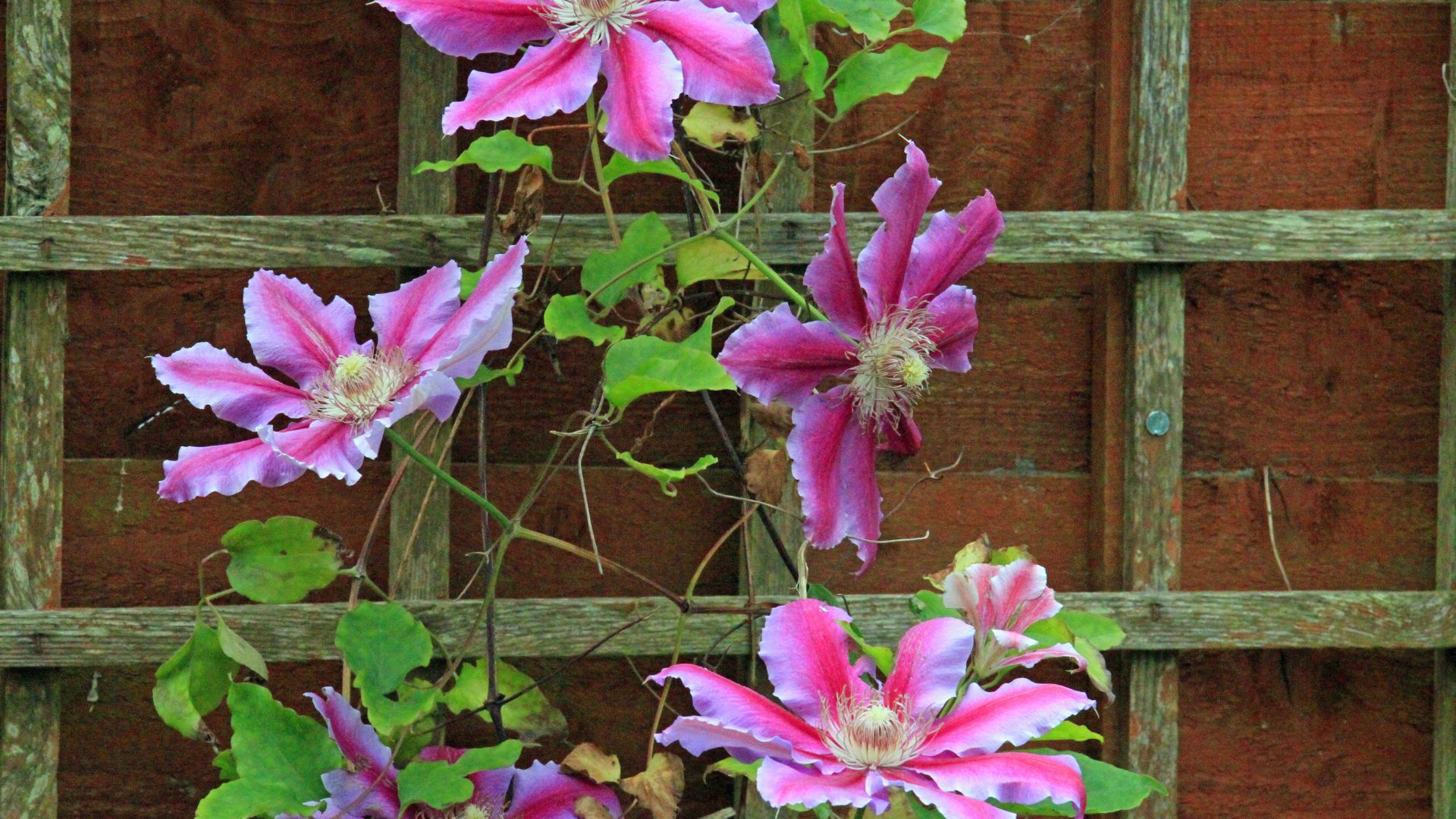
As mentioned previously, the benefits of deadheading clematis aren't exactly as consistent as say deadheading peonies. But you are in for a chance of extra blooms.
Jane explains, "It depends on the type of clematis you have, but deadheading can be helpful occasionally. Deadheading works best for smaller-flowered, repeat-blooming clematis. There's 'Nelly Moser' and 'The President'. They bloom in late spring to early summer on old wood and can bloom again in the summer on new growth. By deadheading Jackmanii' and 'Polish Spirit', you can prolong their blooming cycle and keep the plant looking nice."
"You can extend the blooming period of some clematis varieties by deadheading. The plants don't put energy into seed production when you deadhead them. The plant can then put its energy into growing more flowers and leaves," she continues.
Aside from this, deadheading can also prevent disease and pest infestations as decaying plant material attracts bugs. Jane also points out that removing spent flowers can improve air circulation around the plant which will prevent fungal disease.
So whilst you might not be guaranteed extra blooms there are enough and if you're after sustainable garden ideas why not make the most of the decayed plant matter by making compost at home?
How to deadhead clematis
A simple garden clean-up can be a great way to transform your garden on a budget, especially when discarding dying plants. So if you still want to deadhead your clematis for aesthetic purposes and to have the best chance of new blooms, here's a foolproof method.
"You can deadhead these flowers by only using sharp and clean shears and cutting them back to where the flowers meet the stem above a set of healthy leaves for best-growing results later on," explains professional gardener at Fantastic Gardener's, Petar Ivanov.
Petar then instructs, "Make sure to also not damage any new healthy growth. Afterwards, put mulch and compost around their bases during the summer because clematis thrives best when their heads are in the sun and their roots are in the shade."
Royal Botanic Gardens, Key by Spear & Jackson Wooden Bypass Secateurs: £22.99 at John Lewis
These secateurs are made with drop-forged carbon steel for strength and feature FSC-certified ash wood handles which are finished with a protective lacquer. The pair also close safely with a reliable hook-catch lock.
So whilst on the whole you certainly don't need to deadhead your clematis there are various benefits to doing so depending on the type of plant you have.
Either way, there's certainly no harm in deadheading your clematis if you follow the method above and only cut off truly withered flowers to keep your well-tended garden trends looking fabulous at all times.

Emily joined woman&home as a staff writer after finishing her MA in Magazine Journalism from City University in 2023. After writing various health and news content, she now specialises in lifestyle, covering unique cleaning hacks, gardening how-tos, and everything to help your houseplants thrive.
-
 This chic, Brazillian perfume brand is our beauty team's secret to smelling expensive and unique
This chic, Brazillian perfume brand is our beauty team's secret to smelling expensive and uniqueFrom salty accords to modern twists on tuberose, there's a Granado perfume for every preference - but these 9 blends have our heart...
By Naomi Jamieson Published
-
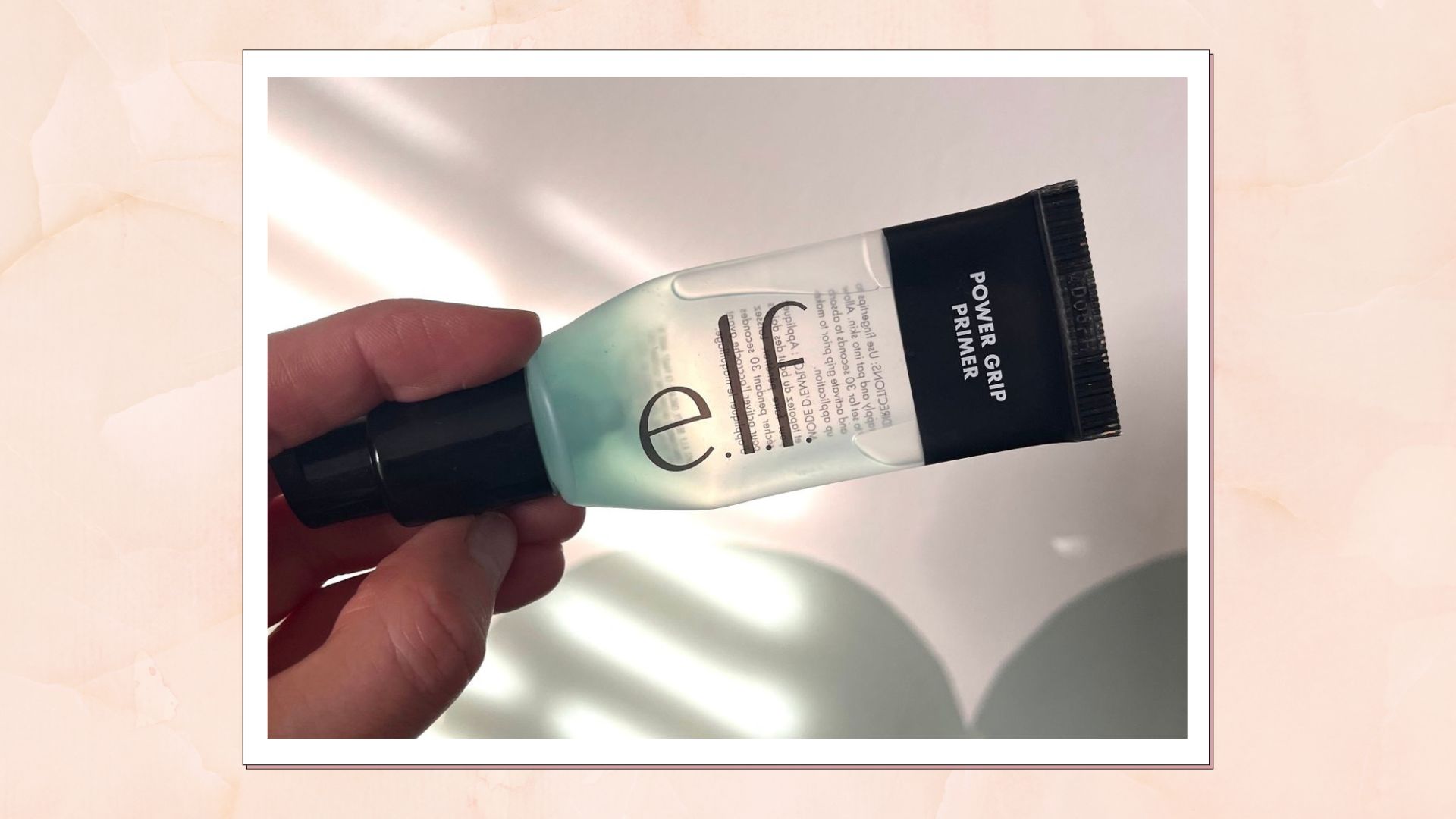 This £10 primer is the only thing that can make my foundation last past lunchtime
This £10 primer is the only thing that can make my foundation last past lunchtimee.l.f. Power Grip Primer is the budget buy our oily-skinned Beauty Editor, Jess Beech, can't live without
By Jess Beech Published
-
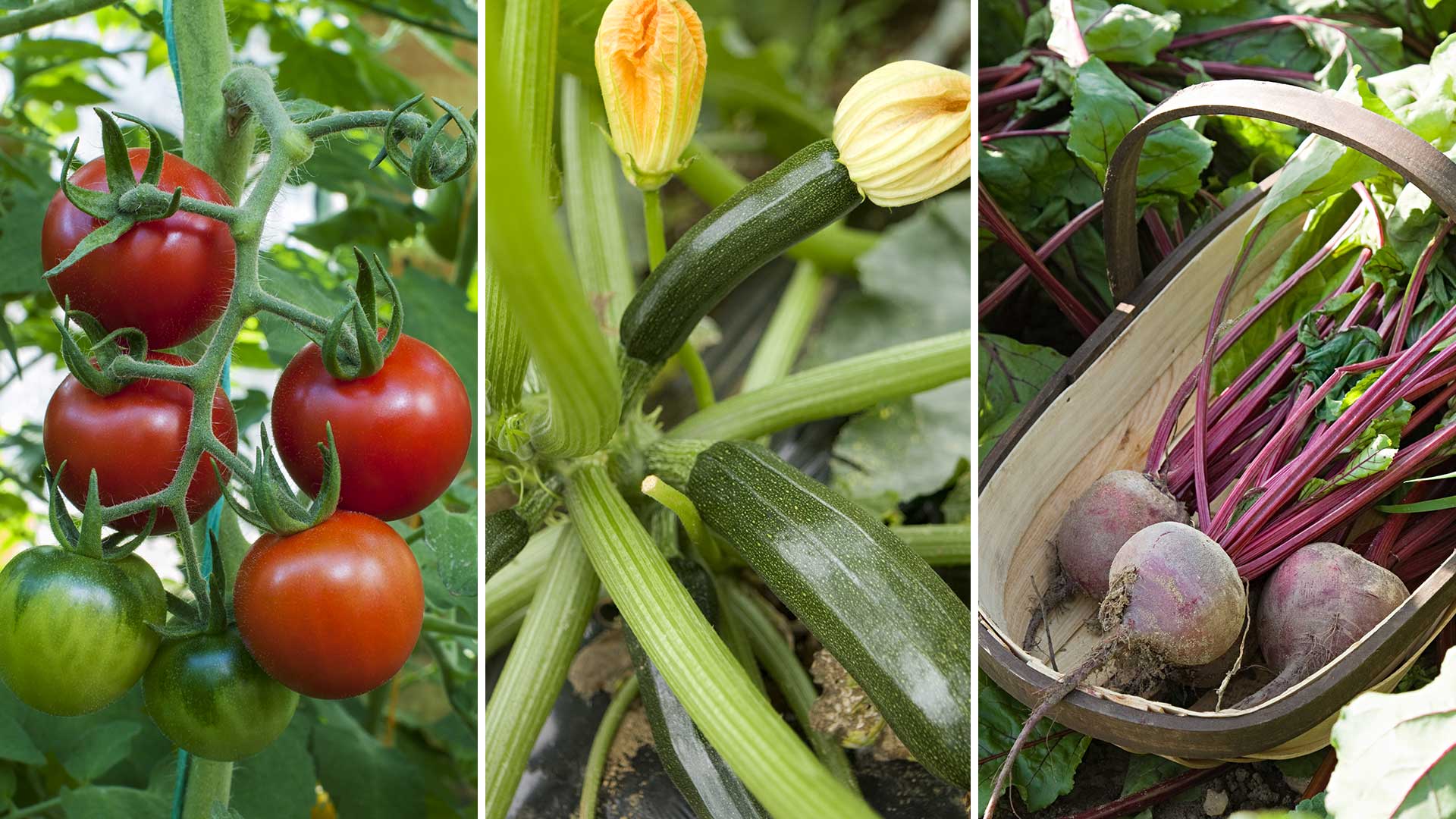 Vegetables to plant in April: 8 crops to start now for a delicious harvest later in the year
Vegetables to plant in April: 8 crops to start now for a delicious harvest later in the yearDiscover which vegetables to plant in April, and top tips for growing success
By Holly Crossley Published
-
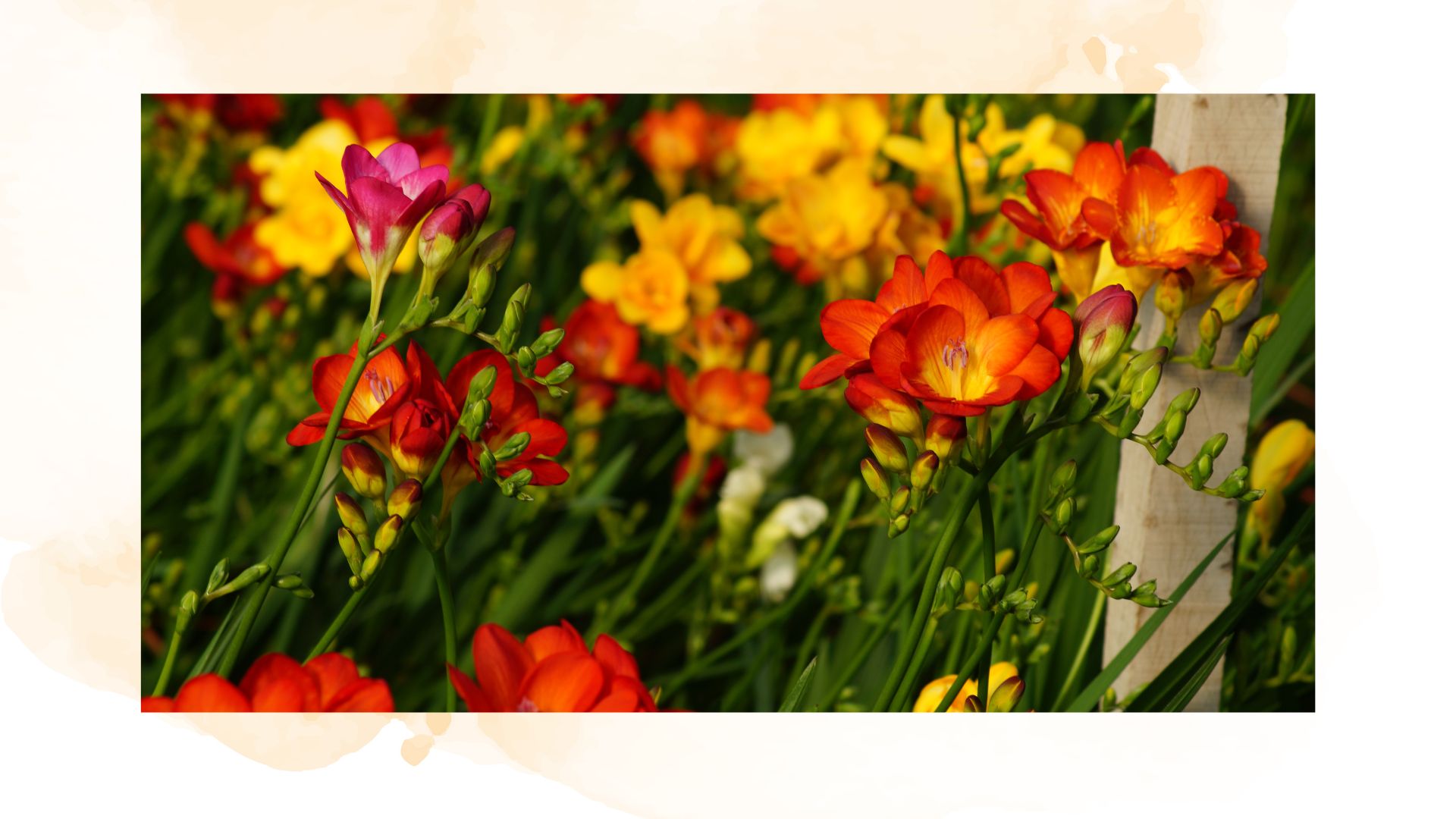 How to plant freesia bulbs: easy steps for colourful summer blooms
How to plant freesia bulbs: easy steps for colourful summer bloomsIf you're looking to add some vivid colour and life to your garden, freesias are the perfect choice
By Emily Smith Published
-
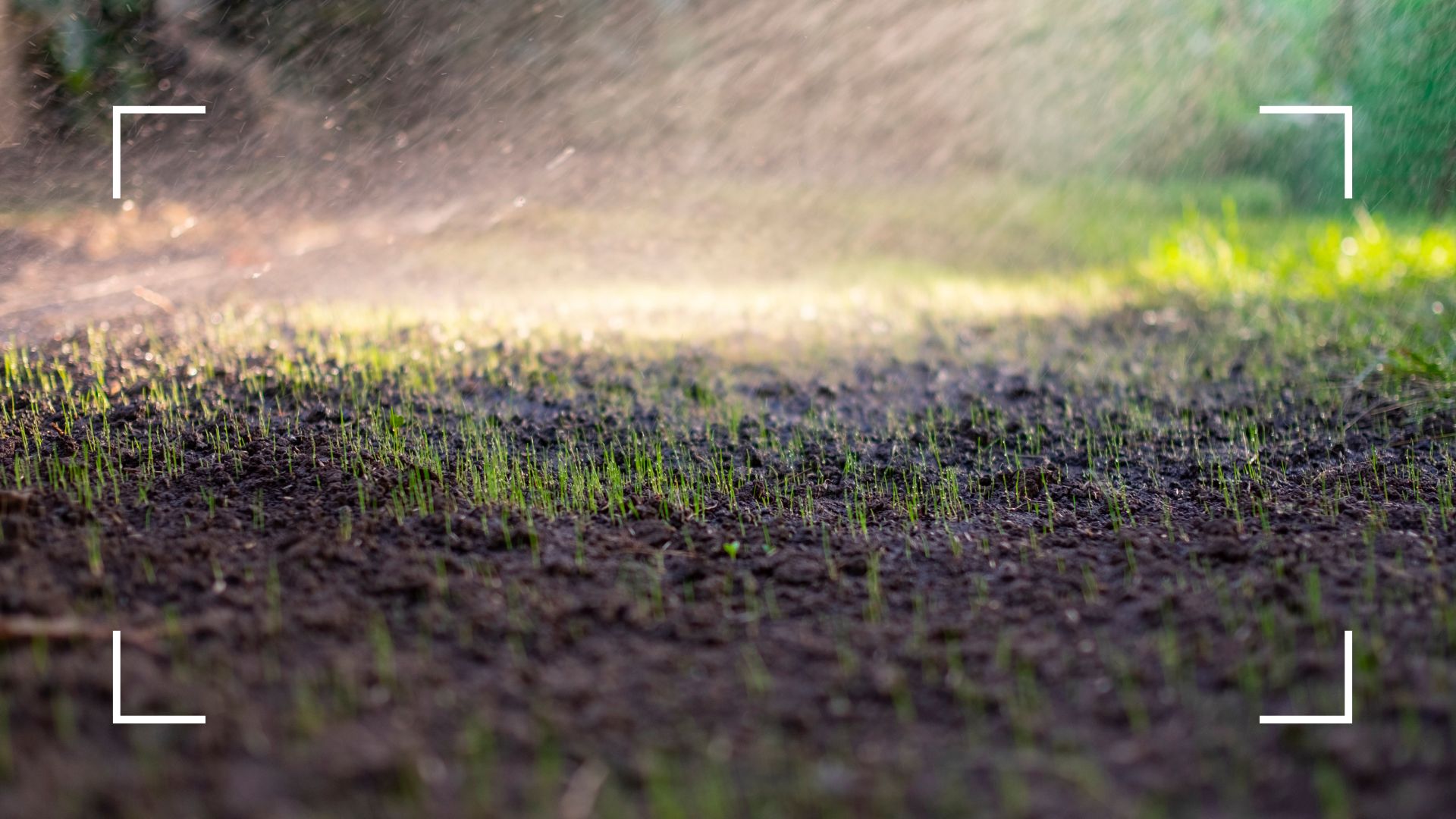 Gardening experts reveal how often you should water grass seed for a luscious lawn this summer
Gardening experts reveal how often you should water grass seed for a luscious lawn this summerWant your lawn to be looking its best by the time summer rolls around? You'll need to make sure you're watering it the perfect amount
By Emily Smith Published
-
 Lynsey Crombie reveals the surprising laundry mistake leaving your clothes smelling 'stale and nasty'
Lynsey Crombie reveals the surprising laundry mistake leaving your clothes smelling 'stale and nasty'Do your clothes smell unpleasant even after you've washed them? It could be your fabric conditioner
By Emily Smith Published
-
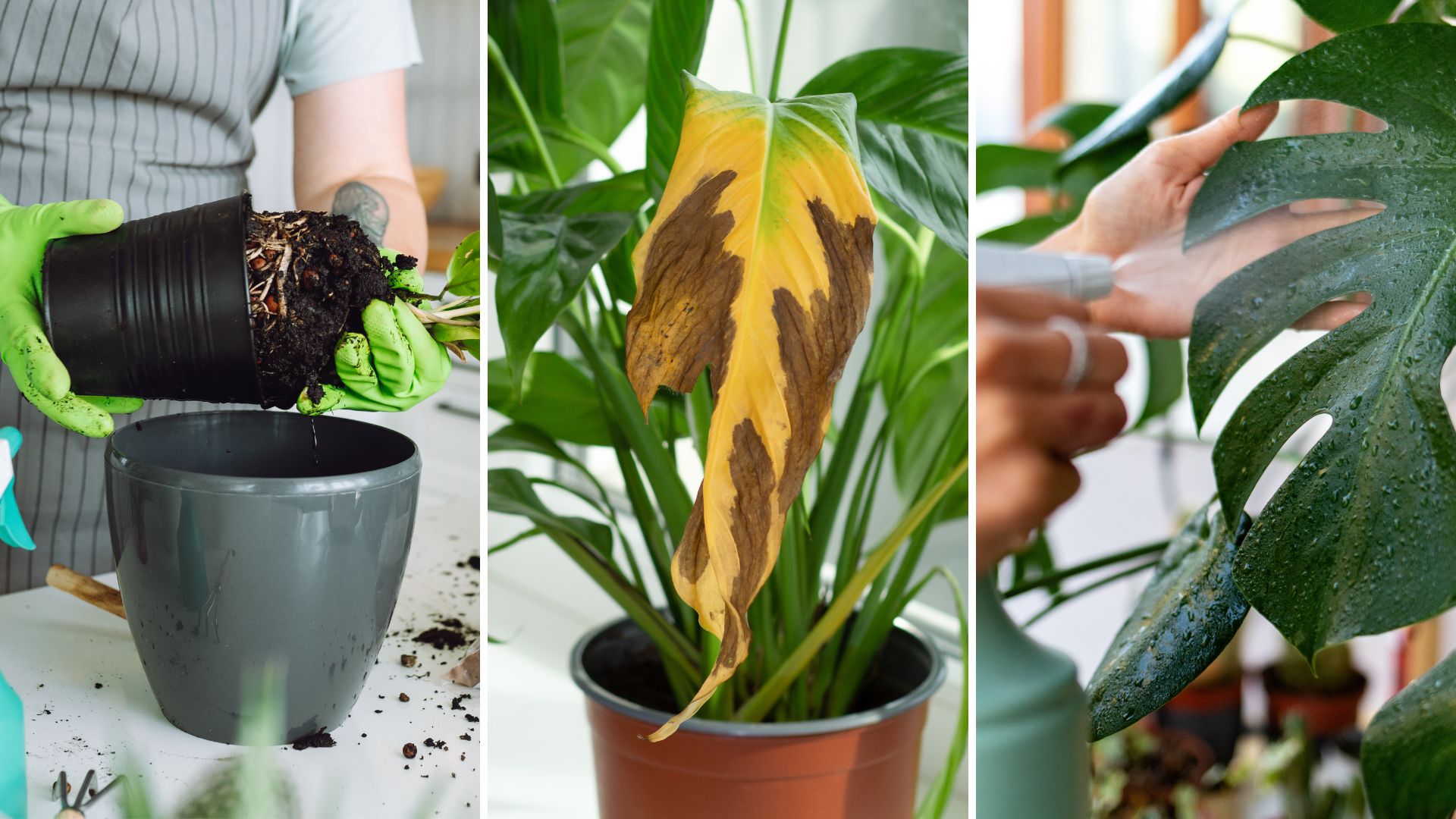 6 common houseplant myths to ignore, warn horticulture experts
6 common houseplant myths to ignore, warn horticulture expertsThese common misconceptions about caring for indoor plants might surprise you – they feel perfectly logical
By Emily Smith Published
-
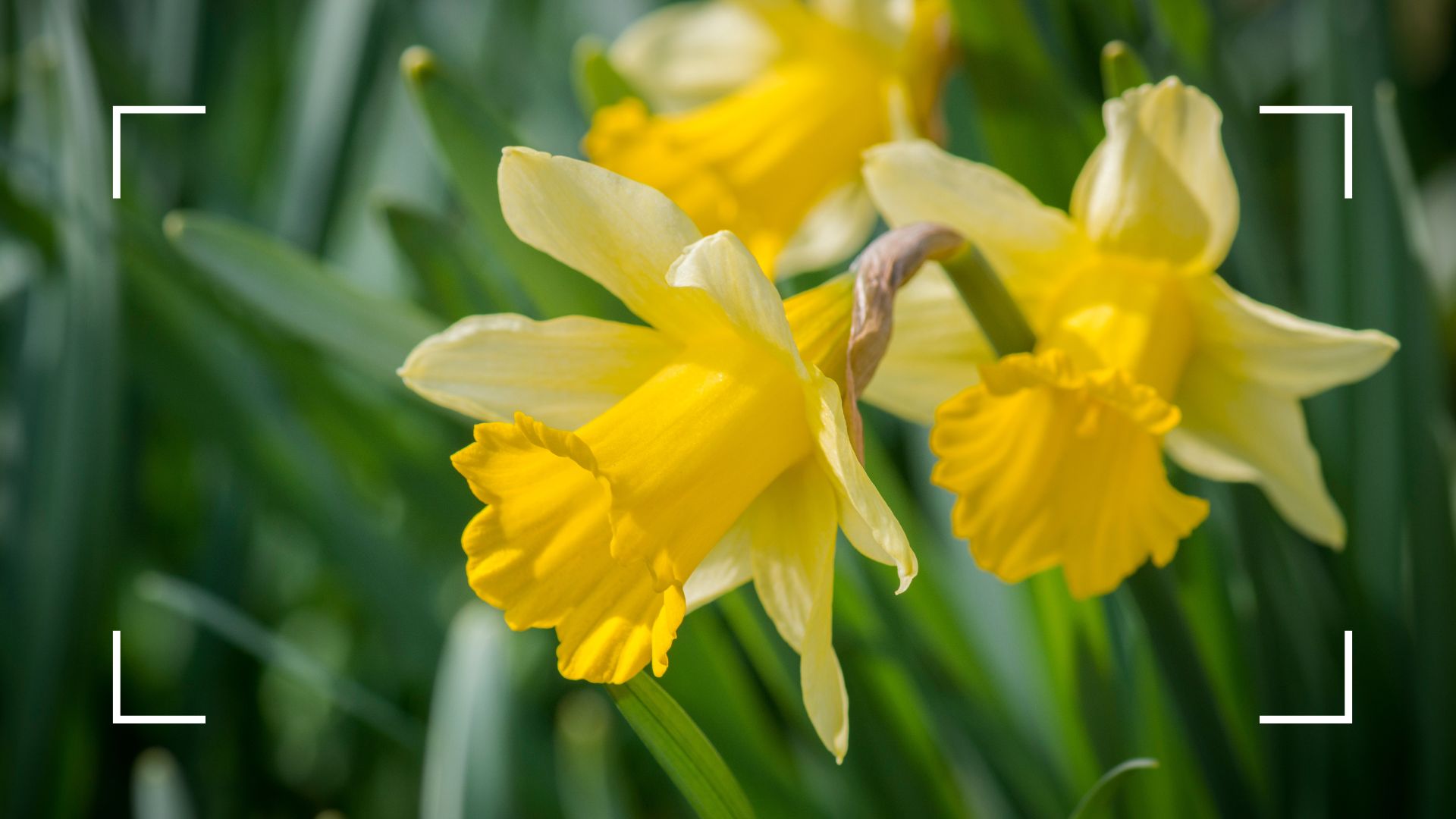 Should you deadhead daffodils? Gardening experts share their advice for longer-lasting blooms
Should you deadhead daffodils? Gardening experts share their advice for longer-lasting bloomsThese butter-yellow flowers are one of the first signs of spring, but should you deadhead or leave them be?
By Emily Smith Published
-
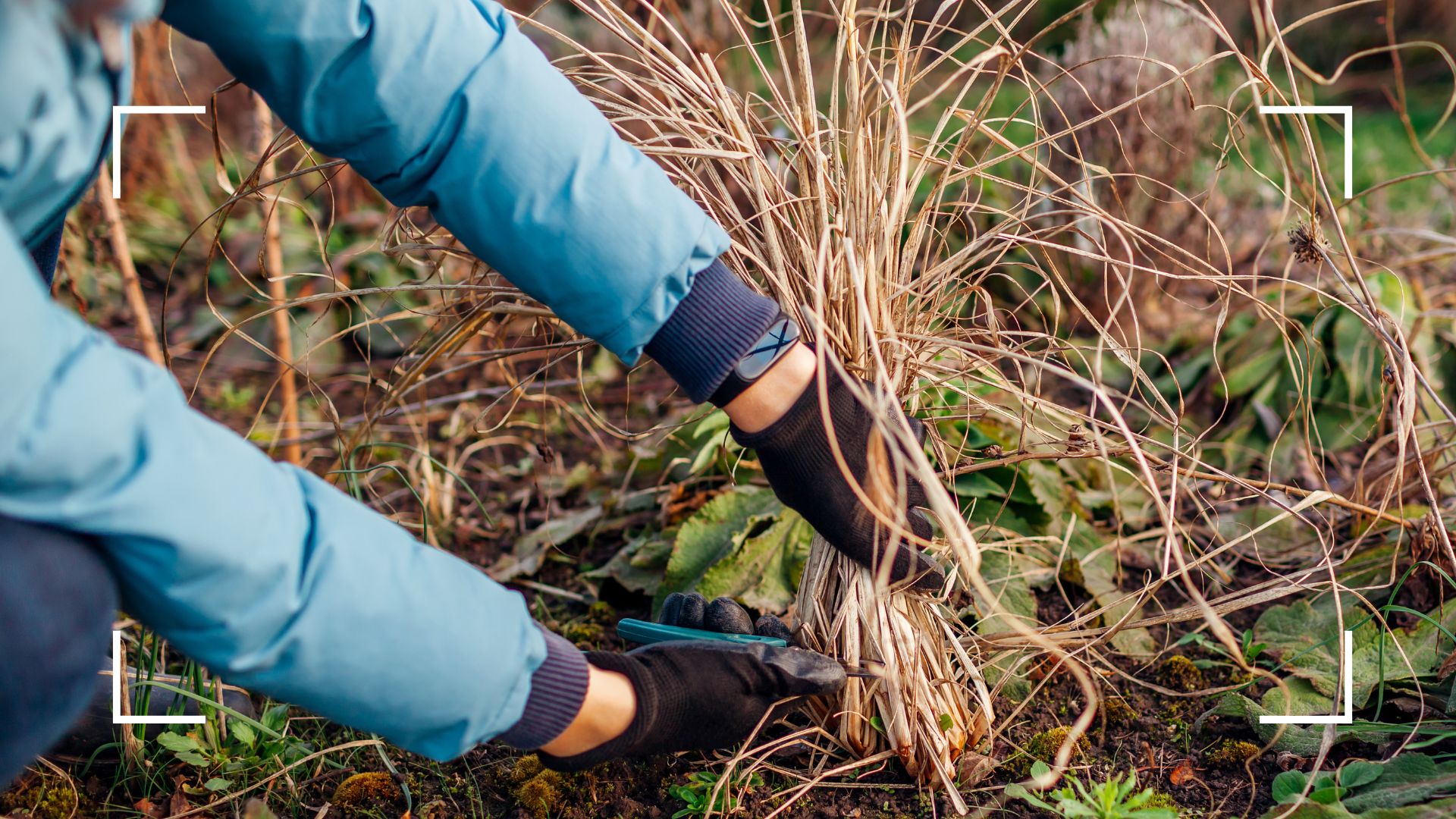 It's time to cut back ornamental grasses, and the expert team at Sarah Raven are here to help
It's time to cut back ornamental grasses, and the expert team at Sarah Raven are here to helpWith spring well and truly here, the team share their top tips to get ornamental grasses ready for new growth
By Emily Smith Published
-
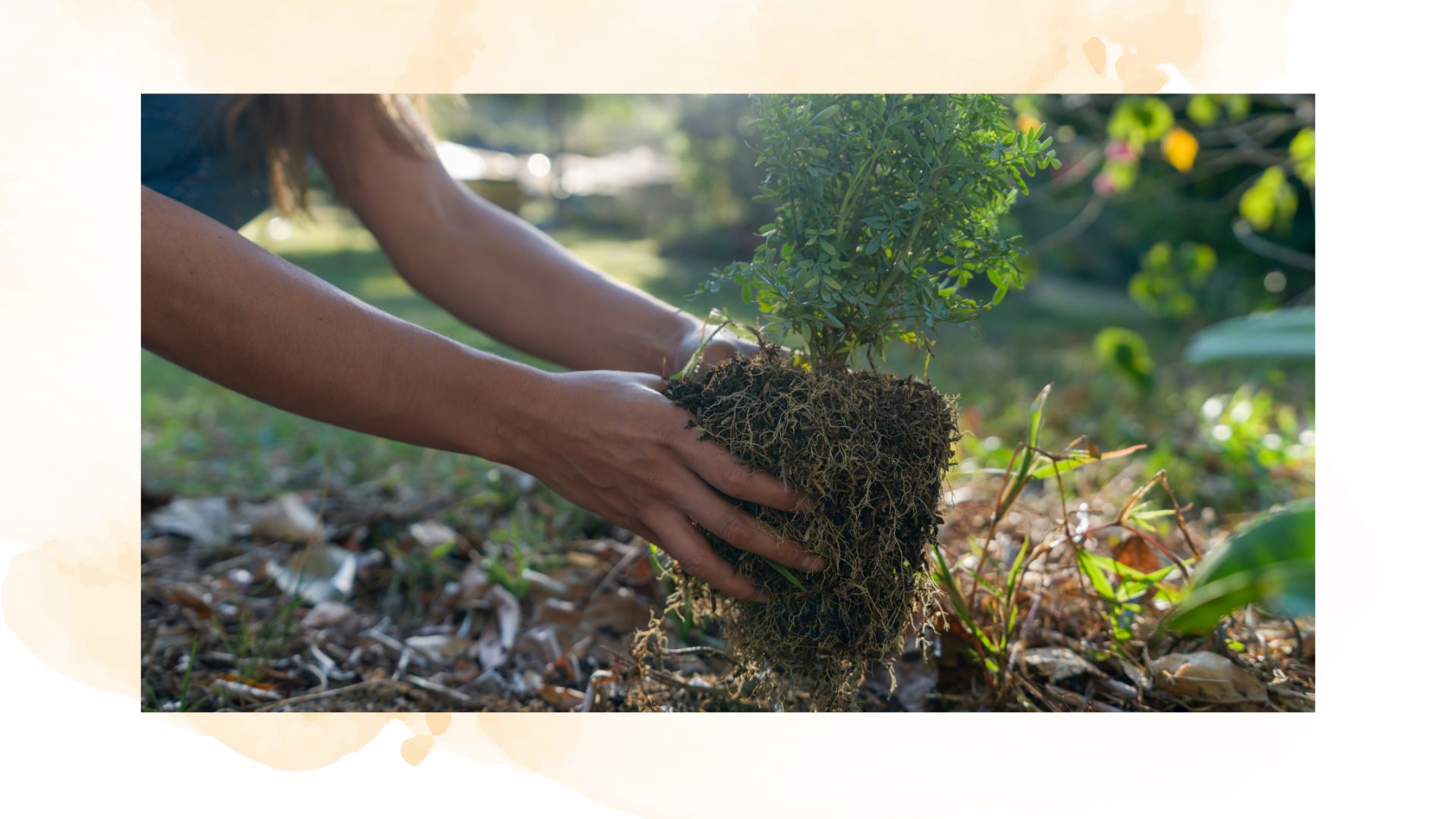 Monty Don's 'genius' planting trick gives outdoor plants the best chance of thriving
Monty Don's 'genius' planting trick gives outdoor plants the best chance of thrivingThis mess-free trick will make planting seamless - and give your plant a great headstart
By Emily Smith Published
